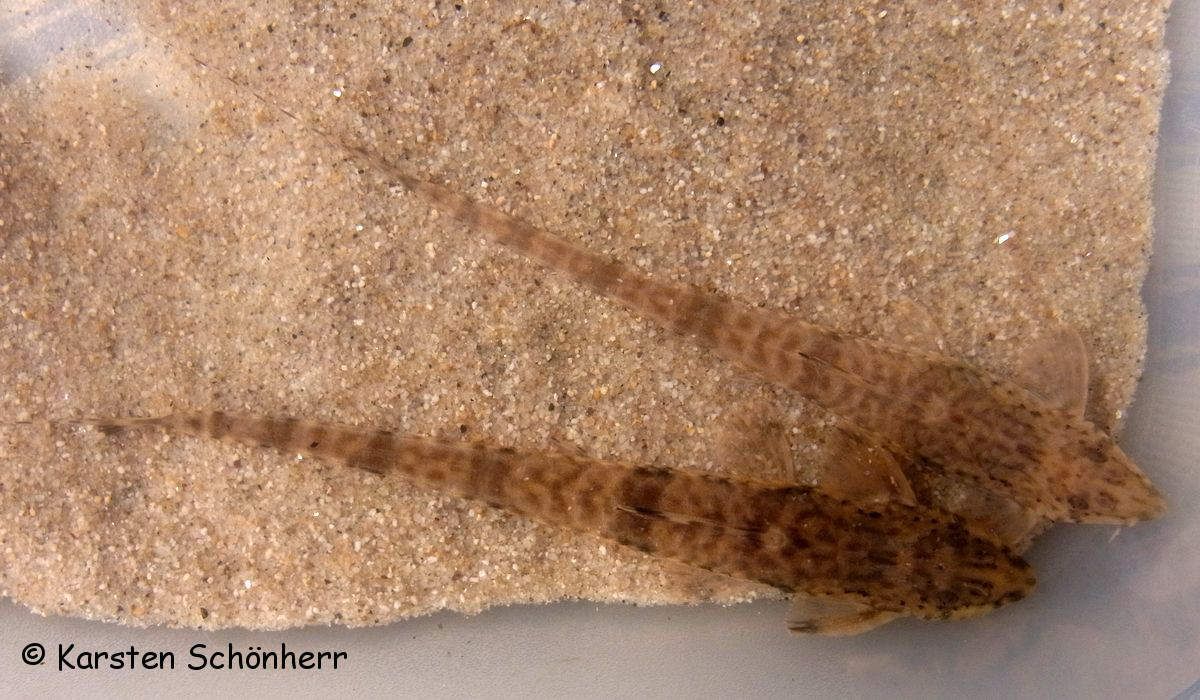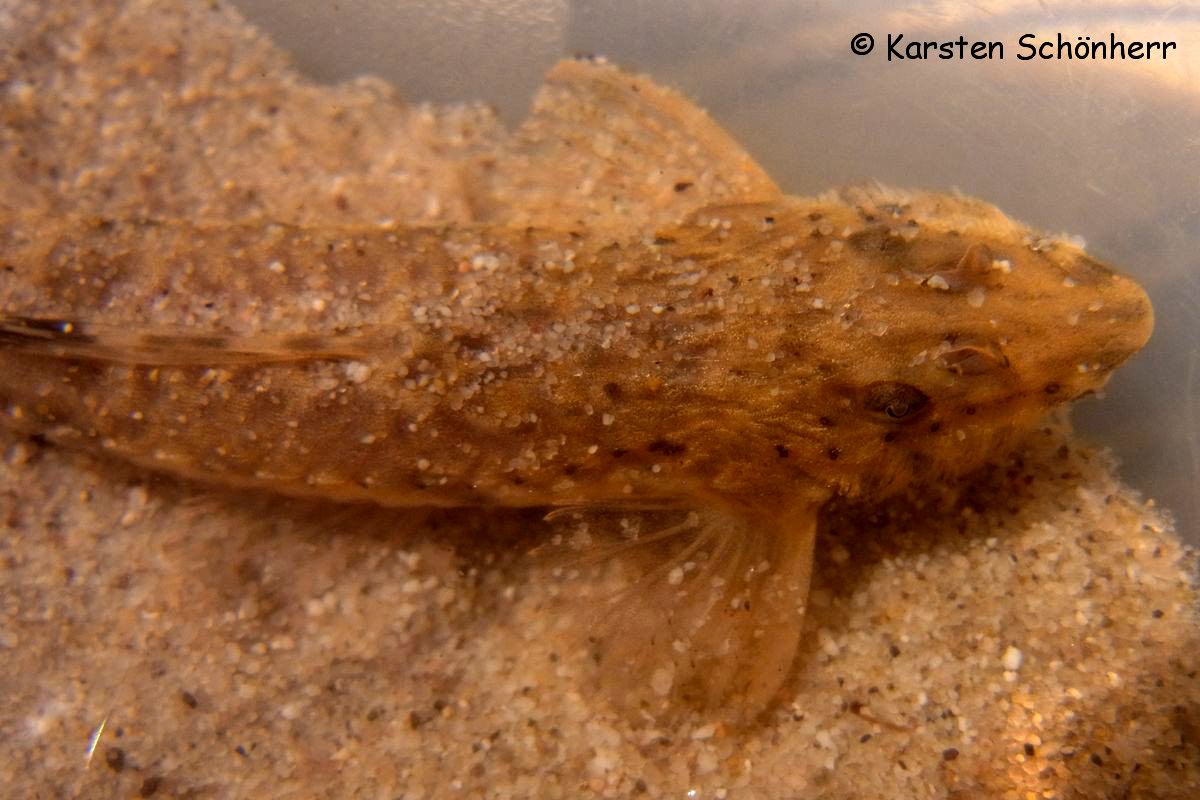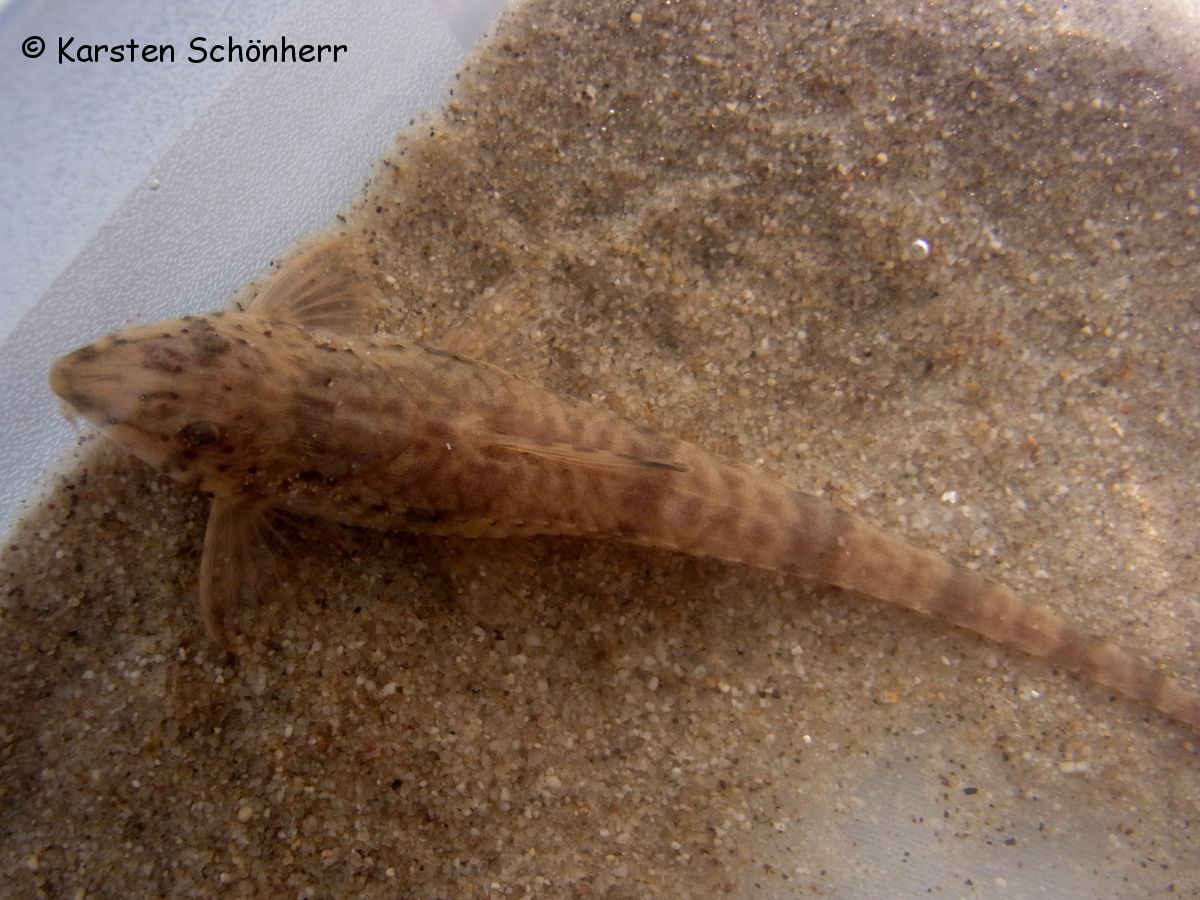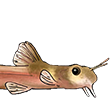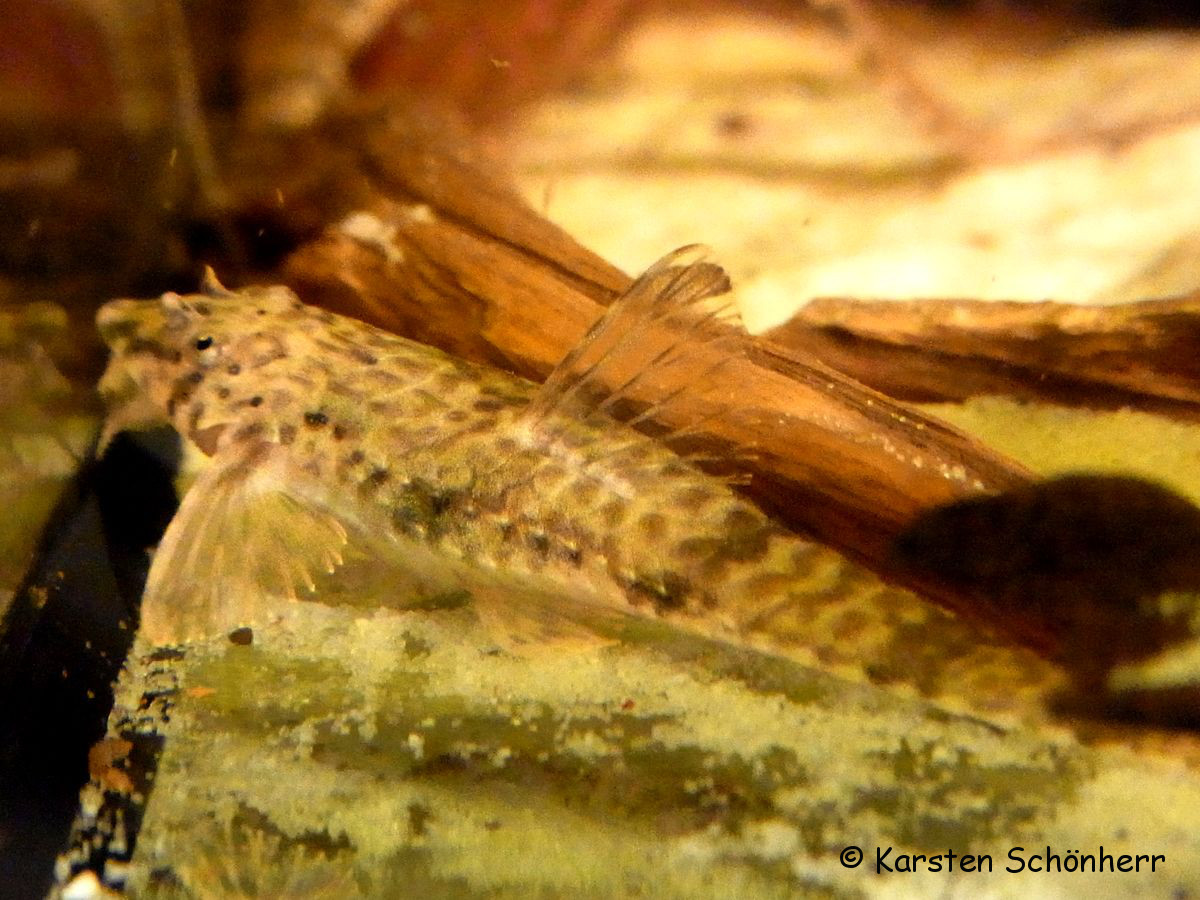Hello both,
thanks for your replies.
Hemiloricaria platyura seems to be the only species in the Cat-elog from French Guyana, specifically the Mana river system.
then this seems to be incomplete, LeBail et al. (2000) mention two species for FG, besides this one also
H./R. stewarti. In the checklist of fresh water fishes of FG (LeBail et al, 2012)
H./R. platyura is only listed for Comté and Approuague rivers (which might again be incomplete).
H./R. stewarti is listed for most of the rivers systems including Mana.
L 42 is partly considered to be
H./R. platyura and probably this is the source for the assumed occurence of
H./R. platyura in Mana river system.
The original DATZ picture is of not much use for ID'ing as it doesn't show much more than the head. But as I don't see any pre-dorsal scutes with well developped odontodes (described as typical for
H./R. platyura in LeBail et al., 2000) I'm quite sure that this identity is wrong.
Covain et al. (2015) have listed in their phylogeny a multitude of whiptail forms from FG:
-
R. platyura again only from Approuage and Caw river (second one also very close to Approuague).
- a species complex they named
R. aff.
stewarti from several locations beween Suriname river in Suriname and Oyapock river, that might represent several species that are closely related.
This species complex is clearly genetically different from the nominal species (complex)
R. stewarti that originates from several rivers systems from Coppename in Suriname and further west until Essequibo river and Rio Takutu.
Just going by officially published catching locations L 42 would also belong to this complex
R. aff.
stewarti.
--
H./R. platyura can be IMHO excluded as well developped odontodes on the pre-dorsal scutes are missing in my specimen.
I assume that my whiptails also belong to that
R. aff.
stewarti group and going by the origin it might be L 42 unless there is another whiptail species in Mana river system that was missed in scientific publications up to now.
LeBail et al., 2000 mention five dark crossband for both species from FG, in
H./R. stewarti two are below the dorsal fin. Mine have six with the first one at the dorsal fin base usually hardly visible and the second one at the end of the dorsal fin, so mine have one extra band...
As this character (number of crossbands) is mentioned in (nearly) all species descriptions I assume that this is not variable within one species or are there any counter-examples ?
I also have a form from Suriname river which is very similar (morphology & pattern) but it has only five bands.
So what is the conclusion out of all this, I don't really know...
--
It looks what you germans call Hemiloricaria "Weissdorn", and according to experts this fish is the same as Hemiloricaria platyura.
Usually this one is also called
Hemiloricaria sp. "Amazonien" and I agree that yours should be this one, but not mine (dorsal fin shape and pattern is different, snout shape is different, missing pre-dorsal scute with well developped odontodes, number of crossbars is different,...).
AFAIK
Hemiloricaria sp. "Amazonien" has five dark crossbands and in the species desciption of
H. platyura there are "six broad black crossbands" mentioned, whatever this means...
Cheers,
